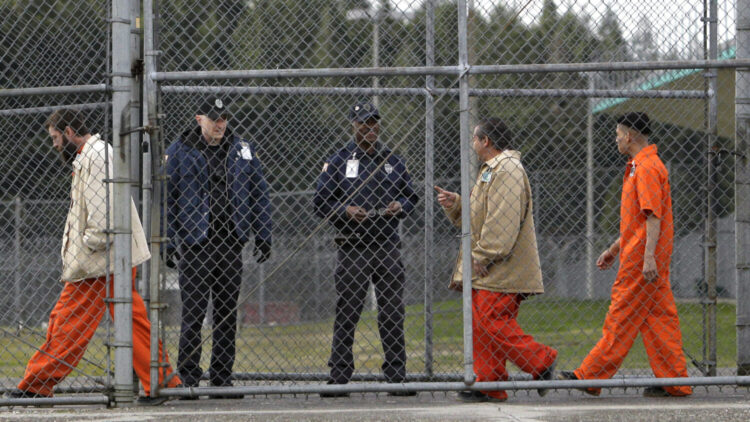In the intricate world of federal prison camps, inmates navigate an environment fraught with unique challenges that shape their daily experiences and perspectives. Living within these confined spaces, individuals confront not only the stark realities of incarceration but also the nuanced dynamics of relationships, routines, and personal growth.
While one might assume that the absence of maximum-security barriers translates to a more lenient atmosphere, the truth is far more complex. Here, camaraderie competes with competition, hope clashes with despair, and the quest for redemption is often overshadowed by systemic obstacles.
By exploring the voices of those who have lived it, we uncover the profound struggles and resilience that define life behind bars, revealing insights that are as varied as the stories themselves.
Overcrowding and Insufficient Resources

Overcrowding in federal prison camps presents a dire challenge, creating a suffocating environment that stretches resources to their breaking point. Imagine a facility designed to hold 100 individuals, yet housing double that number; the air becomes thick with tension, and personal space vanishes.
The limited availability of educational programs, vocational training, and mental health services exacerbates feelings of frustration among inmates, who often feel like mere numbers rather than individuals deserving of rehabilitation. In common areas, lines form for basic necessities, and essential healthcare becomes an elusive promise, leaving many to navigate the pain of both physical and emotional ailments in isolation.
This congestion not only hinders rehabilitation efforts but also intensifies conflicts, marking a stark contrast between the ideals of justice and the harsh reality faced by those incarcerated. In this setting, the hope for reform seems dim, overshadowed by the everyday struggles for survival and dignity.
Mental Health Struggles
In the confines of a federal prison camp, mental health struggles can be as insidious as the physical bars that enclose inmates. Each day unfolds a monotonous routine, yet beneath this façade, a tempest brews—anxiety, depression, and feelings of isolation gnaw at the psyche.
Without the support systems that many take for granted, these individuals often find themselves grappling with a disorienting blend of hopelessness and despair. The stifling environment amplifies existing traumas, turning minor annoyances into overwhelming crises.
Some find solace in fleeting connections with fellow inmates, sharing their burdens in quiet corners, while others feel the weight of solitude deepen, leading to spirals of self-doubt and fear. The crushing reality is that, in a place meant for rehabilitation, many inmates are left to battle their demons alone, yearning for understanding and a pathway to healing amidst the chaos.
Lack of Rehabilitation Programs

One of the most pressing issues within federal prison camps is the glaring lack of rehabilitation programs, which leaves inmates grappling with their futures in a system designed to punish rather than to heal. Many find themselves in a loop—serving time with little hope for personal growth or skill development.
Without structured programs focusing on education, vocational training, or mental health support, inmates often resort to self-guided initiatives, which can be hit or miss. This absence of systematic rehabilitation not only diminishes the prospect of reducing recidivism but also fosters a sense of hopelessness among those trying to envision a life beyond the confines of the prison walls.
In a place where second chances should be the goal, the reality often feels like a cruel paradox—locked in a cycle of despair, where the promise of reform remains just out of reach.
Conclusion
In conclusion, the complexities faced by inmates in federal prison camps reveal a challenging environment that is shaped by a myriad of factors, including systemic issues, personal struggles, and social dynamics. From the perspective of those incarcerated, the reality is often marked by limited access to resources, mental health challenges, and the continuous striving for personal redemption amidst confinement.
As highlighted by the experiences of various inmates, including those such as a black man who shared his journey, the lack of support systems and meaningful rehabilitation programs exacerbates the difficulties of prison life. Addressing these challenges requires a concerted effort from policymakers, correctional staff, and the community to foster an environment that prioritizes rehabilitation and addresses the unique needs of all individuals in the system.
Only then can we hope to create a more just and effective correctional system, paving the way for healthier reintegration into society.

